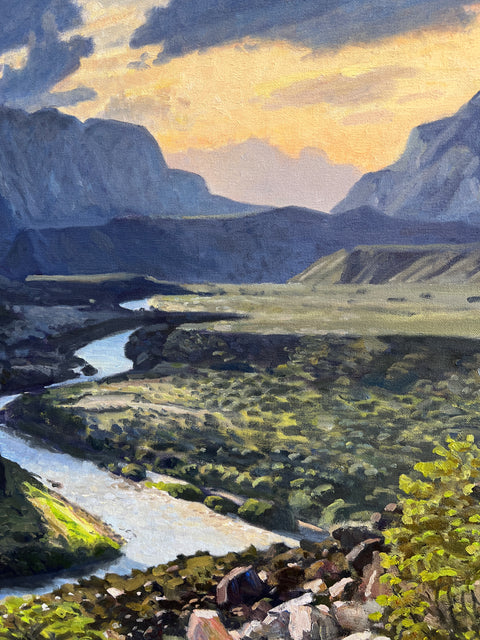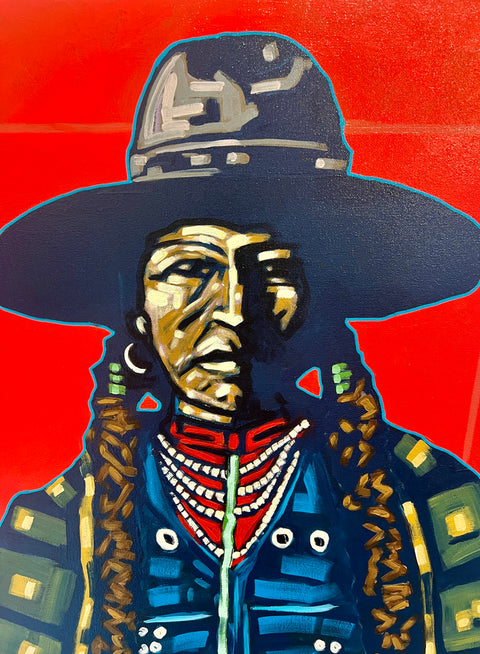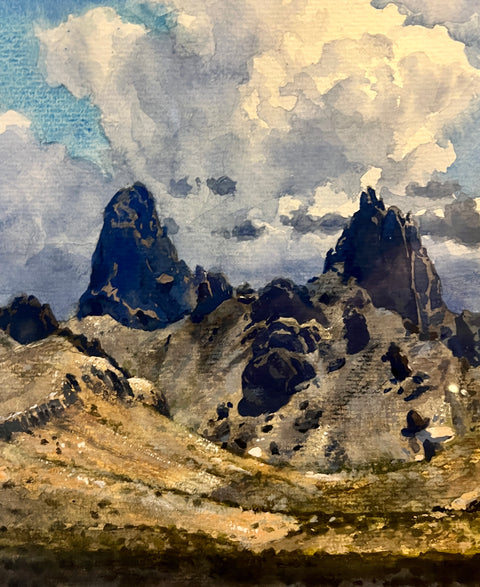Malou Flato

(b. 1953)
Over the past forty years, Malou Flato’s landscapes have become part of the Texas landscape. Her images of native flowers, blooming cactus, diverse citizenry, signature architecture, and especially of the precious water and abundant sky of Texas and the West enliven a border crossing in Brownsville, park benches in Houston, the River Walk in San Antonio, a residence for single mothers in Austin, and a DART station in Dallas. She has been the featured artist of the Texas Book Festival. Central Markets in five Texas cities have devoted prime space to her paintings. Her many private collectors include (the late) Ann Richards, Charles Butt of HEB, and sculptor James Surls. A homesick ambassador took one of her paintings to the American Embassy in Switzerland. Flato, too, is an ambassador: her murals grace subway walls in Boston and a public school in Washington.
Malou Flato was born in Corpus Christi in 1953 and has been making her way creatively ever since – first as a costume designer (B.A. Middlebury College, 1975); as a printmaker; then as a painter of rich watercolors and grand tile murals. More recently she has been painting lively landscapes executed by a technique that is hers alone: acrylic paint on Japanese paper applied to canvas. “Standing before Flato’s paintings, you can virtually feel the breeze ruffle your hair,” wrote one of her early admirers (Chris Waddington, New Orleans Times-Picayune). Flato’s latest work achieves this and more; it is at once fresh and lush, mature and of the moment.
Flato has a studio at home in Austin and another on her great-grandfather’s ranch on the southwestern shoulder of the Hill Country, in Edwards County. She exhibits frequently at galleries in Austin, San Antonio, and Dallas. The Art Center of Corpus Christi honored its native daughter with a solo exhibition in 2015.
“Texas is my inspiration,” she says. “I have made my life here, and I would like to think that my art reflects the place I know best -- and that maybe I’m adding something worthy to the visual and cultural scenery.”

















